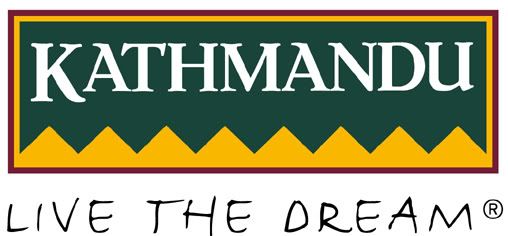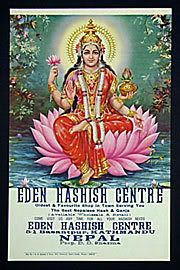
The Eden Hashish Centre was the largest of several legal storefronts in Kathmandu that provided quality hash and grass to the tourists. Mr. Sharma, the owner, opened two shops. The original location was at 5/1 Basantpur in the famous "Freak Street" hippy district, a location that ironically now is occupied by a bank. The second shop was located at 5/259 Ombahal, said to be in the Thamel area.
In late 1973, soon after the second Edenhash shop opened, threats of the loss of foreign aid from the American administration of Richard Nixon forced Nepal to outlaw hashish and marijuana. The two Eden Hashish Centres, the Central Hashish Centre and the others closed their doors and the pot and hashish business moved underground. These days much of the hash in Nepal ("charris" in Nepali) is mixed with a type of glue, making a harsh and unappealing smoke.
The memory (and perhaps a trace of the aroma) of the Eden Hashish Center lives on in the advertising posters Mr Sharma distributed. Extraordinary prints of Hindu gods and other subjects were embossed with the Eden name and addresses to make a unique picture that was often taken home and prized by their Hippie customers.
These rare genuine posters (many had calendars attached at the bottom) are valuable collector's items today. Yet there is a universial appeal in the art of the Eden Hashish Centre that should not be reserved for those few collectors who can afford them. Enjoy this spiritual journey, and if your quest is aided by modern-day products similar to the wares offered at the Eden Center we won't mind.
source:http://edenhash.com/
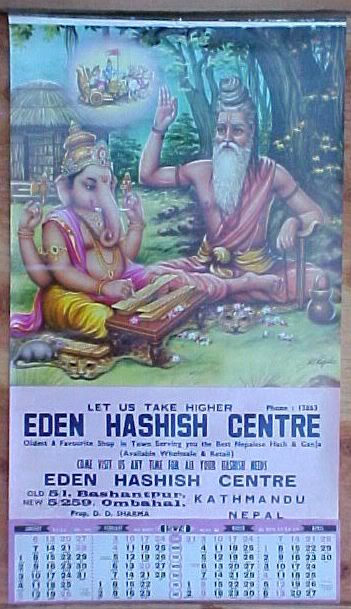
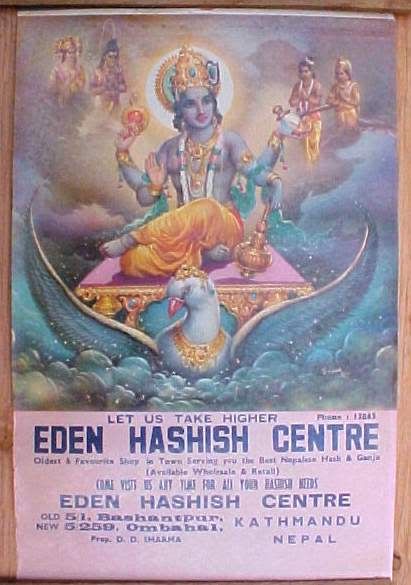

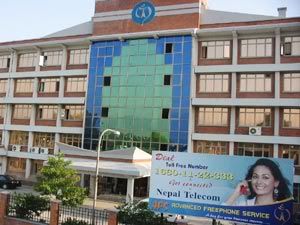

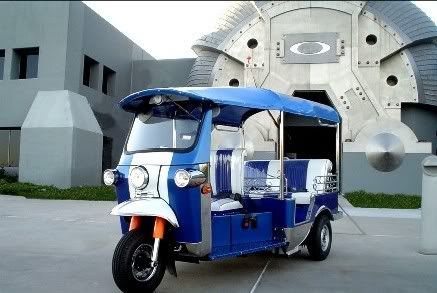
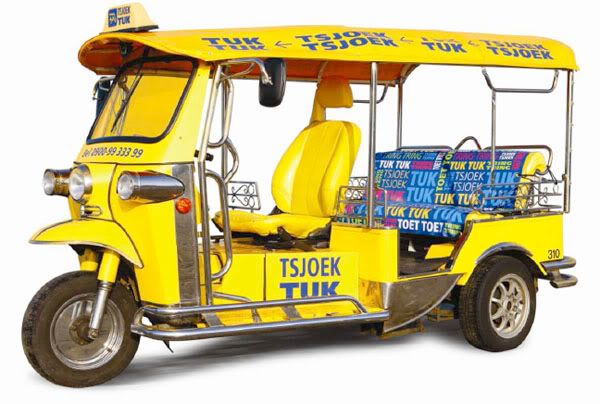
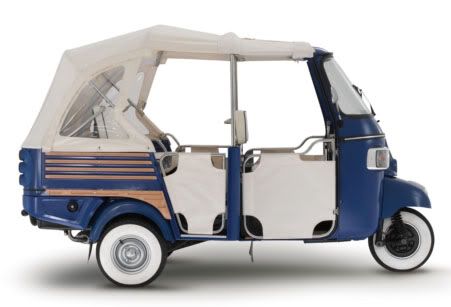
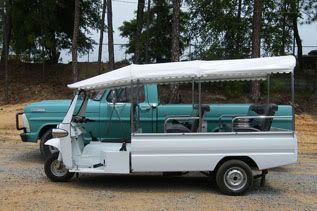
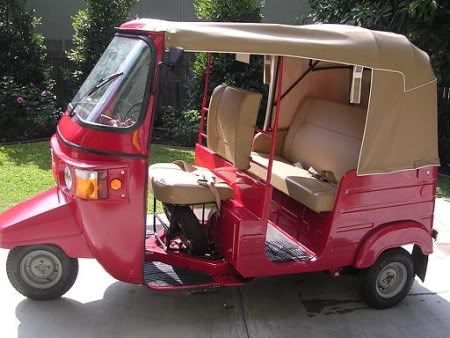
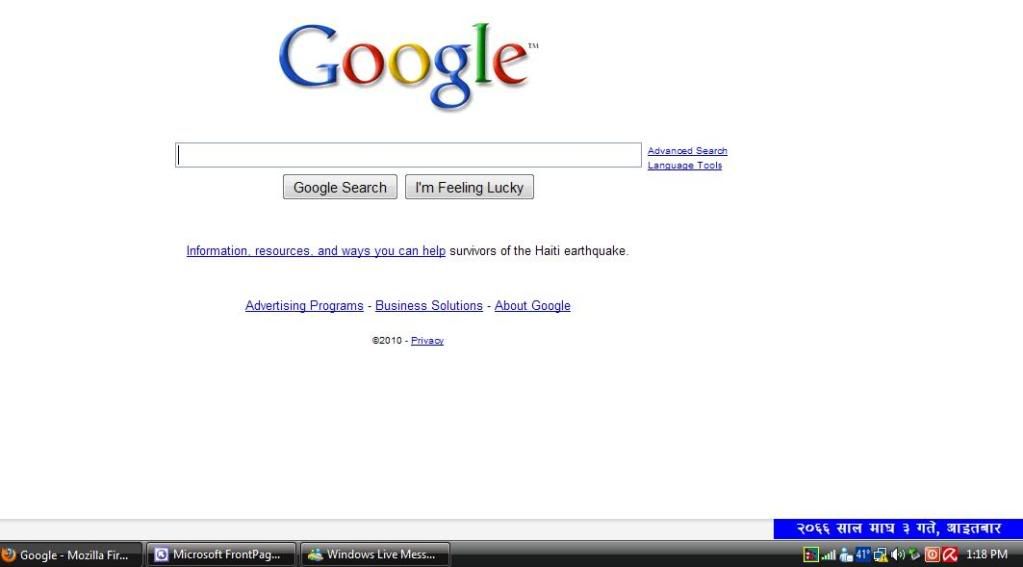
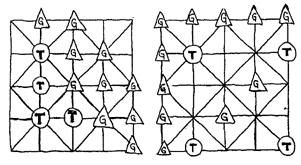 The
The





